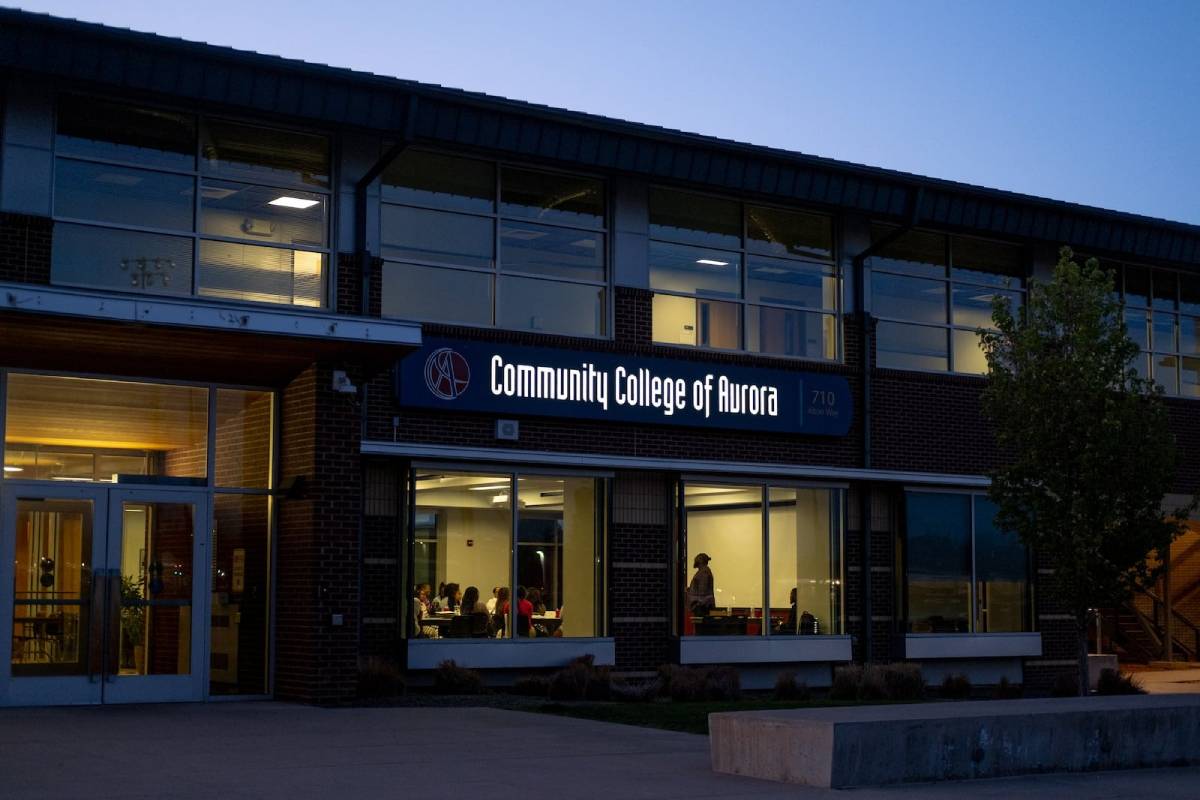The U.S. birthrate fell again in 2018, to 3,788,235 births — representing a 2% drop from 2017. It's the lowest number of births in 32 years, according to a new federal report. The numbers also sank the U.S. fertility rate to a record low.
Not since 1986 has the U.S. seen so few babies born. And it's an ongoing slump: 2018 was the fourth consecutive year of birth declines, according to the provisional birthrate report from the Centers for Disease Control and Prevention.
Birthrates fell for nearly all racial and age groups, with only slight gains for women in their late 30s and early 40s, the CDC says.
The news has come as something of a surprise to demographers who say that with the U.S. economy and job market continuing a years-long growth streak, they had expected the birthrate to show signs of stabilizing, or even rising. But instead, the drop could force changes to forecasts about how the country will look — with an older population and fewer young workers to sustain key social systems.
"It's a national problem," says Dowell Myers, a demographer at the University of Southern California.
"The birthrate is a barometer of despair," Myers says in response to the CDC data. Explaining that idea, he says young people won't make plans to have babies unless they're optimistic about the future.
"At first, we thought it was the recession," Myers says of the recent downturn in births. But after a slight rise in 2012, the rate took another nosedive. He adds that by nearly all economic standards — except for high housing costs — birthrates should now be rising.
As for what's behind the negative sentiment among people of childbearing age, Myers cites the current political turmoil and a gloomy outlook for America's future.
"Not a whole lot of things are going good," he says, "and that's haunting young people in particular, more than old people."
Many current or would-be parents also responded to the report Wednesday, using social media to list a string of obstacles to having kids in the U.S., from the frustration of finding child care to high insurance costs and a lack of parental leave and other support systems. And they note that while the national economy has done well, workers' paychecks haven't been growing at the same pace.
As Elena Parent, a state senator in Georgia, wrote on Twitter, "Parents know why the birthrate is falling. Kids are expensive & time-consuming & our society doesn't make it easy."
Another factor, says sociologist Sarah Damaske of Penn State, is job security — even in a time of low unemployment.
"From January 2009 to December 2017, 36.6 million American jobs were lost. That's more jobs than were lost during the Great Recession," Damaske says. "So, even though the unemployment rate is better, companies are still using layoffs to maintain profits at the expense of their workers."
Citing conversations with people who have lost their jobs in the past decade, Damaske — who is writing a book on that subject — says some workers have resigned themselves to the possibility that they might not find stable jobs again.
"When you think you might not be able to find steady work, it's harder to imagine how to form a family," she says.
Part of the trend also reflects a cultural shift, as more Americans delay marriage and child-rearing. While women in their 20s have historically given birth to the most babies in the U.S., women in their early 30s had a higher birthrate in 2017, for the first time ever. And that gap widened in 2018.
In what's widely seen as a bright spot in the CDC's provisional data, teenagers saw another sharp drop in birthrates, falling 7% in 2018 to 17.4 births per 1,000 teenagers between the ages of 15 and 19. That rate has now declined by 58% since 2007 and by 72% since 1991.
The rate of cesarean delivery, or C-section, fell to 31.9% in 2018, the CDC says. That's down from a peak of 32.9% in 2009. The rate of cesarean procedures in low-risk cases also decreased, to 25.9% of all deliveries.
From 2017 to 2018, the number of births fell 1% for Hispanic women and 2% for non-Hispanic white and non-Hispanic black women. The rate fell by 3% for women who are identified as non-Hispanic Asian and non-Hispanic AIAN (American Indian & Alaska Native).
The latest birthrate data put the U.S. further away from a viable replacement rate — the standard for a generation being able to replicate its numbers. The U.S. has generally fallen short of that level since 1971, the CDC says.
The total fertility rate fell to 1,728 births per 1,000 women over their lifetimes — a 2% fall from 2017. That's far below the replacement rate of 2,100 births per 1,000 women.
The Census Bureau has long predicted that America's future population growth will increasingly rely on immigration, despite a fertility rate that has historically been higher than similar developed nations.
According to the census agency's Population Clock, the U.S. is currently gaining one person every 16 seconds — in part because it's adding one international migrant every 34 seconds. Both of those are net results, meaning they account for deaths and outward migration.
9(MDEyMDcxNjYwMDEzNzc2MTQzNDNiY2I3ZA004))








